Home>Gardening & Outdoor>Landscaping Ideas>How Soon After Planting Grass To Use Weed Killer
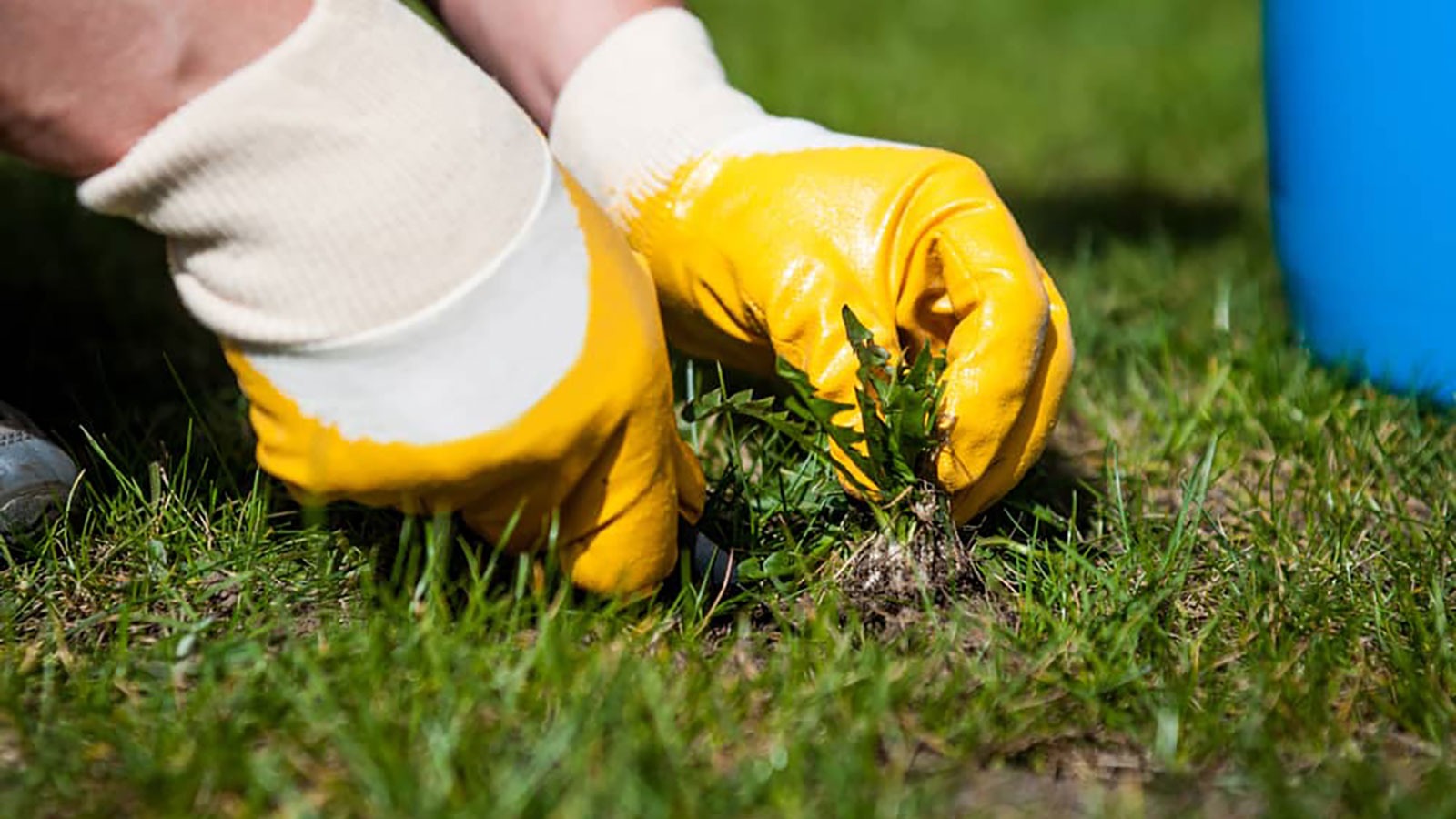

Landscaping Ideas
How Soon After Planting Grass To Use Weed Killer
Modified: February 18, 2024
Discover effective landscaping ideas for controlling weeds after planting grass. Learn when to use weed killer and how to maintain a healthy lawn.
(Many of the links in this article redirect to a specific reviewed product. Your purchase of these products through affiliate links helps to generate commission for Storables.com, at no extra cost. Learn more)
Introduction
Introduction
When it comes to cultivating a lush, vibrant lawn, the presence of weeds can be a persistent nuisance. These invasive plants not only detract from the visual appeal of your outdoor space but also compete with your grass for essential nutrients, water, and sunlight. To maintain a healthy and thriving lawn, it's crucial to address weed infestations effectively.
One common method of weed control involves the use of weed killers, also known as herbicides. These products are designed to target and eliminate unwanted vegetation, allowing your grass to flourish without competition. However, the timing of weed killer application is a critical factor that can significantly impact its effectiveness.
In this article, we'll explore the optimal timing for using weed killer after planting grass. By considering various factors and understanding the different types of weed killers available, you can make informed decisions to promote the long-term health and beauty of your lawn. Additionally, we'll discuss essential precautions and considerations to ensure that the application of weed killer is both safe and beneficial for your newly planted grass. Let's delve into the details to empower you with the knowledge needed to achieve a weed-free, vibrant lawn.
Key Takeaways:
- Timing is crucial when using weed killer after planting grass. Factors like grass maturity, weather, and seasonal timing impact its effectiveness. Consider these to achieve a weed-free lawn.
- Prioritize safety and effectiveness when using weed killer. Read label instructions, choose the right product, and consider alternative methods for responsible weed management.
Factors to Consider
Before applying weed killer to newly planted grass, it’s essential to consider several factors to determine the most suitable approach for weed control. By carefully evaluating these aspects, you can make informed decisions that align with the specific needs of your lawn. Here are the key factors to take into account:
- Grass Maturity: The maturity of the newly planted grass plays a crucial role in determining its ability to withstand weed killer application. Young grass that has not yet established strong roots may be more susceptible to damage from herbicides, while mature grass is generally more resilient.
- Weed Species: Understanding the types of weeds present in your lawn is important for selecting the appropriate weed killer. Different herbicides target specific weed species, so identifying the predominant weeds will help you choose the most effective product for eradication.
- Weather Conditions: Weather can significantly impact the success of weed killer application. Ideally, it’s best to apply herbicides on a calm day with minimal wind to prevent drift, and when no rainfall is expected for at least 24 hours to allow the product to properly adhere to the weeds.
- Soil Moisture: The moisture content of the soil is a critical consideration. Applying weed killer to dry soil may result in reduced effectiveness, as the weeds may not readily absorb the herbicide. Conversely, excessively wet soil can hinder proper adhesion and absorption of the product.
- Seasonal Timing: The time of year can influence the growth patterns of both grass and weeds. Understanding the seasonal dynamics in your region can help you determine the most opportune time for weed killer application to achieve optimal results.
By carefully evaluating these factors, you can gain valuable insights into the unique characteristics of your lawn and make well-informed decisions regarding the timing and method of weed killer application.
Types of Weed Killers
When it comes to weed control, there are various types of weed killers, each designed to target weeds through different mechanisms of action. Understanding the distinctions between these herbicides can help you select the most suitable option for your specific weed control needs. Here are the primary types of weed killers:
- Pre-Emergent Herbicides: These weed killers are designed to prevent weed seeds from germinating. They form a barrier in the soil, inhibiting the initial growth of weeds. Pre-emergent herbicides are often applied before weed seeds begin to sprout, making them effective for preemptive weed control.
- Post-Emergent Herbicides: Post-emergent herbicides are formulated to target existing weeds that have already emerged from the soil. They are further categorized as selective or non-selective. Selective herbicides target specific types of weeds while minimizing harm to desirable plants, such as grass. Non-selective herbicides, on the other hand, can effectively kill a wide range of plant species and are commonly used for total vegetation control in non-selective areas.
- Systemic Herbicides: Systemic herbicides are designed to be absorbed by the plant, translocated throughout its system, and ultimately kill the entire plant, including its roots. This type of herbicide is effective at controlling perennial weeds with extensive root systems.
- Contact Herbicides: Unlike systemic herbicides, contact herbicides primarily affect the parts of the plant they come into direct contact with. They are effective for killing the foliage of weeds but may not always eradicate the roots, requiring multiple applications for complete control.
By understanding the distinct properties and modes of action of these weed killers, you can make informed decisions about which type is best suited for your specific weed control requirements. Additionally, considering the compatibility of each type with newly planted grass is essential for minimizing potential harm to your lawn while effectively managing weed infestations.
Timing for Weed Killer Application
Timing is a critical factor when it comes to applying weed killer after planting grass. The optimal timing can maximize the effectiveness of the herbicide while minimizing potential harm to the newly established grass. Consider the following guidelines for determining the ideal timing for weed killer application:
- Grass Establishment Period: Newly planted grass requires time to establish strong roots and develop resilience. It’s generally advisable to allow the grass to become well-established before applying weed killer. This typically involves waiting for the grass to reach a certain level of maturity, often indicated by its first few mowings.
- Seasonal Considerations: The timing of weed killer application can vary based on the season. In cooler regions, early fall is often considered an optimal time for weed control, as weeds are actively growing while the grass is less susceptible to stress. In warmer climates, late spring or early summer may be suitable for weed killer application, taking advantage of the active growth phase of both grass and weeds.
- Weather Conditions: Select a day with favorable weather conditions for weed killer application. Avoid windy days to prevent herbicide drift, and ensure that no rainfall is expected for at least 24 hours to allow the product to adhere to the weeds effectively.
- Post-Mowing Application: Applying weed killer shortly after mowing the grass can provide several benefits. Mowing reduces the height of the grass, allowing for better weed killer coverage and absorption. Additionally, freshly cut weeds are more receptive to herbicides.
- Weed Growth Stage: For post-emergent herbicides, targeting weeds during their active growth stage can enhance the effectiveness of the product. By applying weed killer when weeds are actively growing and not under moisture stress, you can improve the absorption and translocation of the herbicide within the plant.
By carefully considering these timing factors, you can strategically plan the application of weed killer to coincide with optimal conditions for both weed control and the health of your newly planted grass, promoting a thriving and weed-free lawn.
Wait until the new grass has been mowed 3-4 times before using weed killer. This allows the grass to establish strong roots and reduces the risk of damage.
Precautions and Considerations
When using weed killer after planting grass, it’s essential to prioritize the health and safety of your lawn, surrounding vegetation, and the environment. By taking specific precautions and considering key factors, you can ensure that the application of herbicides is carried out responsibly and effectively. Here are important precautions and considerations to keep in mind:
- Read and Follow Label Instructions: Prior to using any weed killer, carefully read and adhere to the instructions provided on the product label. This includes dosage, application methods, safety precautions, and any specific guidelines for newly planted grass.
- Choose the Right Product: Select a weed killer that is compatible with the type of grass you have planted and is suitable for the specific weeds you aim to control. Consider consulting with a professional or a knowledgeable garden center to ensure you choose the most appropriate herbicide.
- Protect Non-Target Plants: Shield any desirable plants near the treatment area to prevent accidental contact with the weed killer. This can be accomplished using plastic sheeting or cardboard to create a physical barrier during application.
- Minimize Drift and Runoff: Take precautions to prevent herbicide drift onto unintended areas and minimize the potential for runoff into water bodies. Consider using a low-pressure sprayer and avoiding application during windy conditions to reduce drift.
- Observe Re-Entry Intervals: Some herbicides have specific re-entry intervals, indicating the duration during which people and pets should avoid the treated area. Adhere to these intervals to ensure safety and minimize exposure to potentially harmful chemicals.
- Consider Alternative Methods: In some cases, mechanical or cultural weed control methods may be viable alternatives to chemical herbicides, especially when dealing with newly planted grass. These methods include hand-pulling weeds, mulching, and promoting healthy turf through proper watering and fertilization.
By approaching the application of weed killer with these precautions and considerations in mind, you can safeguard the well-being of your lawn, minimize the impact on surrounding plants, and contribute to environmentally responsible weed management practices.
Conclusion
Effectively managing weeds after planting grass requires a thoughtful and strategic approach to weed killer application. By considering the maturity of the grass, the types of weed killers available, and the optimal timing for application, you can promote a healthy and vibrant lawn while effectively controlling weed infestations. Additionally, prioritizing essential precautions and considerations ensures that the use of herbicides is both safe and beneficial for your newly planted grass and the surrounding environment.
As you navigate the process of weed control, remember that the successful integration of weed killer into your lawn care regimen involves a balance between eradicating unwanted weeds and nurturing the growth of your grass. Striking this balance can be achieved through a combination of informed decision-making, adherence to best practices, and a commitment to responsible lawn management.
Ultimately, the goal is to cultivate a lush, weed-free lawn that enhances the beauty of your outdoor space and provides a welcoming environment for leisure and recreation. With a comprehensive understanding of the factors influencing weed killer application and a mindful approach to lawn care, you can achieve and maintain a landscape that is both visually appealing and resilient against weed encroachment.
By leveraging the insights shared in this article, you are well-equipped to make informed decisions regarding the timing and utilization of weed killer after planting grass, empowering you to cultivate a thriving and weed-free lawn that enhances the overall enjoyment of your outdoor living space.
Frequently Asked Questions about How Soon After Planting Grass To Use Weed Killer
Was this page helpful?
At Storables.com, we guarantee accurate and reliable information. Our content, validated by Expert Board Contributors, is crafted following stringent Editorial Policies. We're committed to providing you with well-researched, expert-backed insights for all your informational needs.
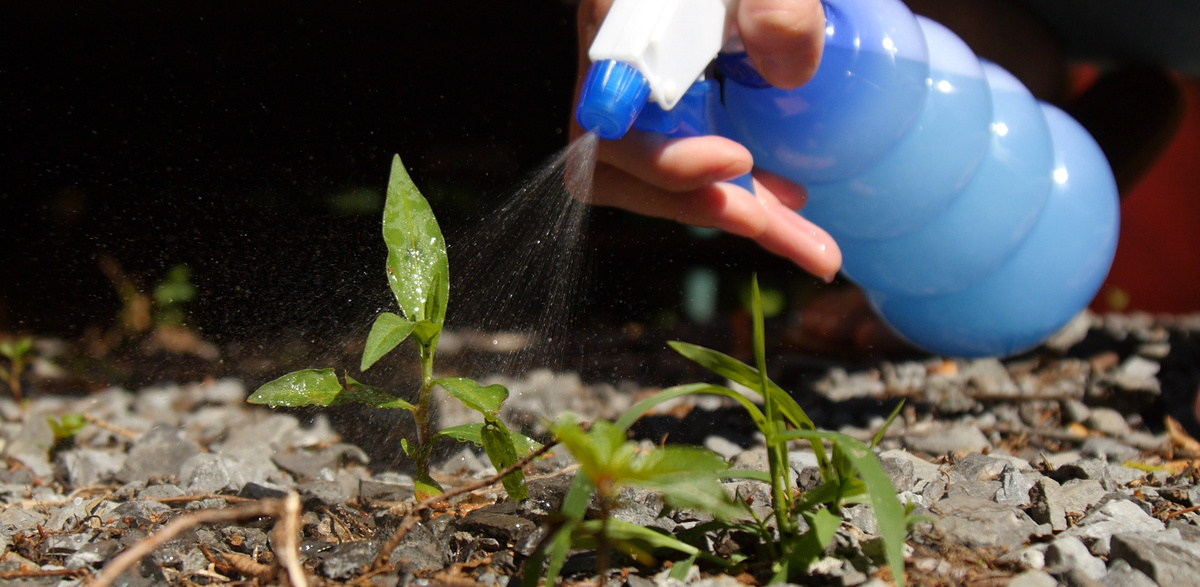
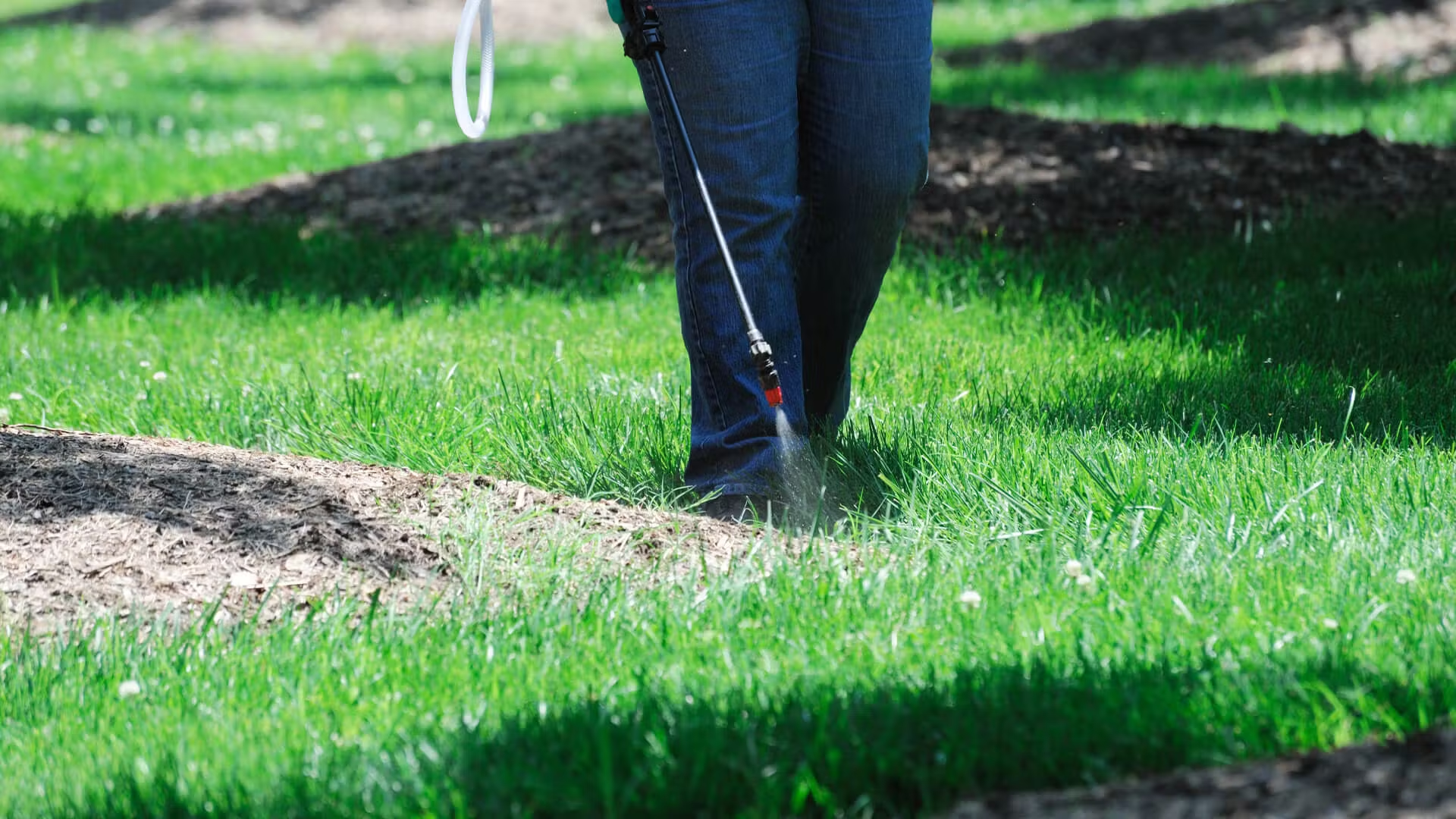
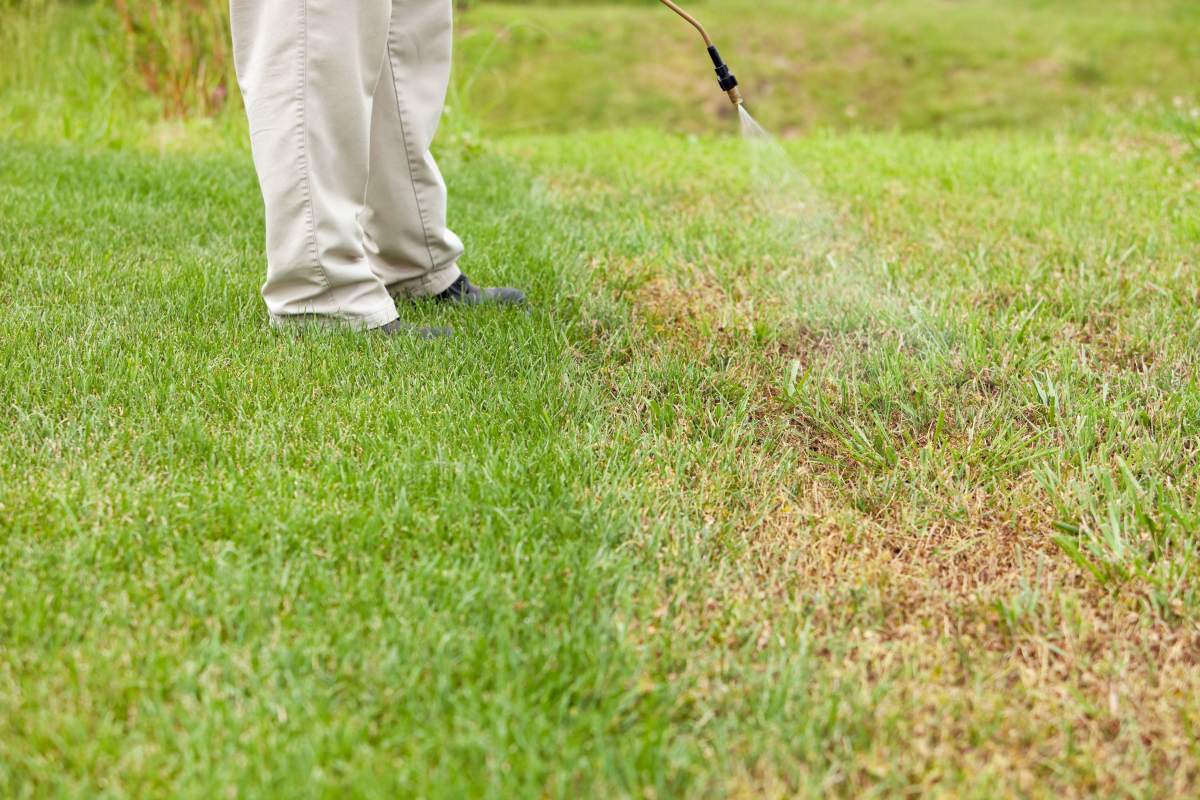
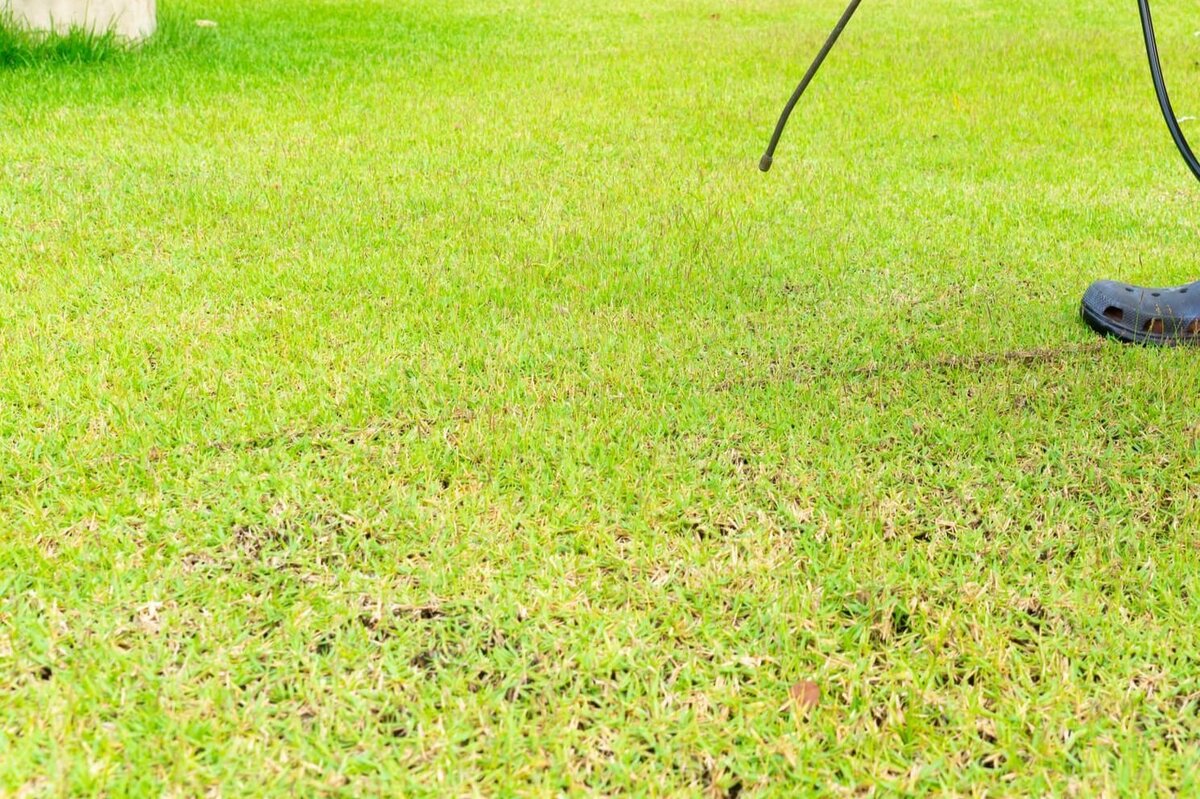
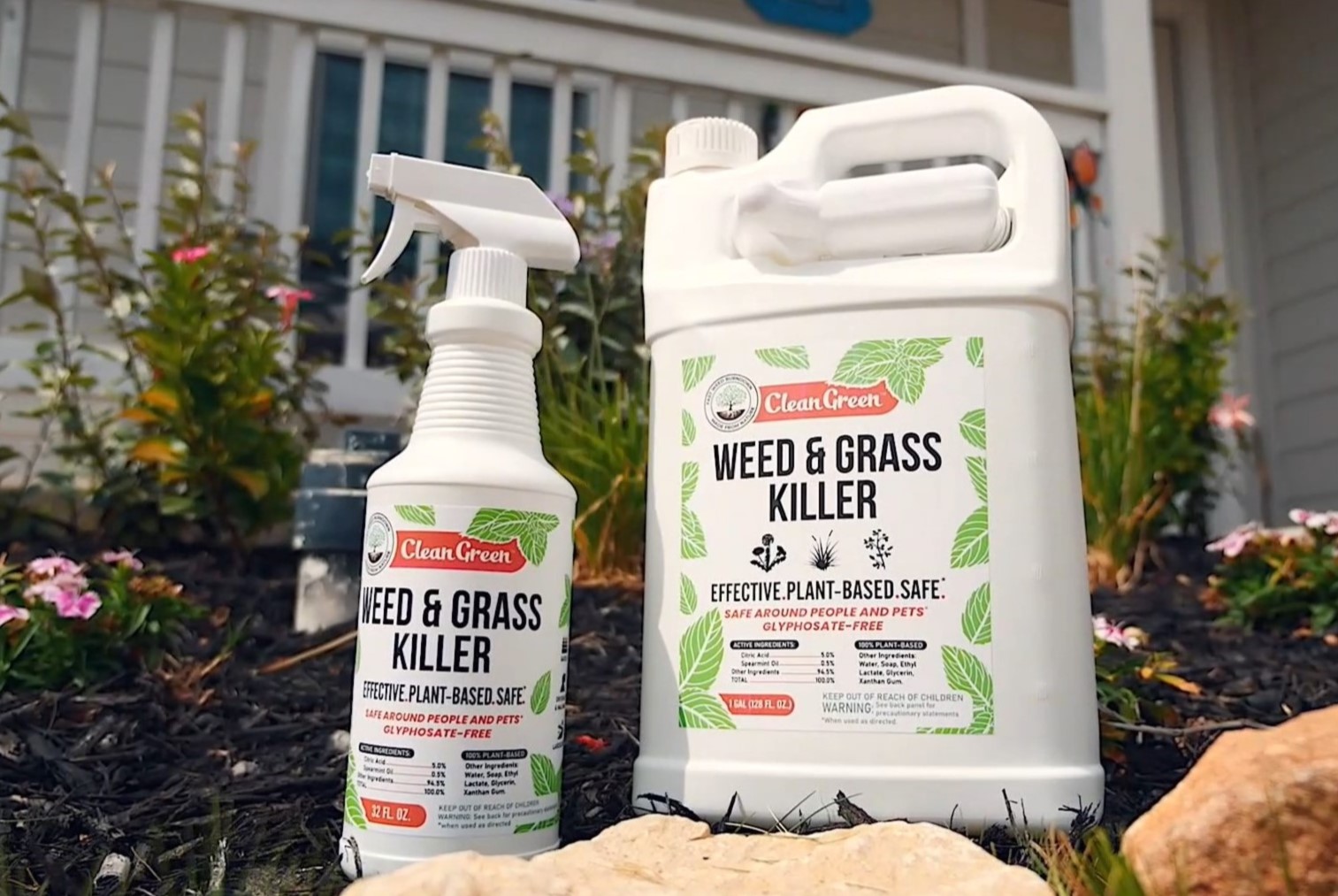

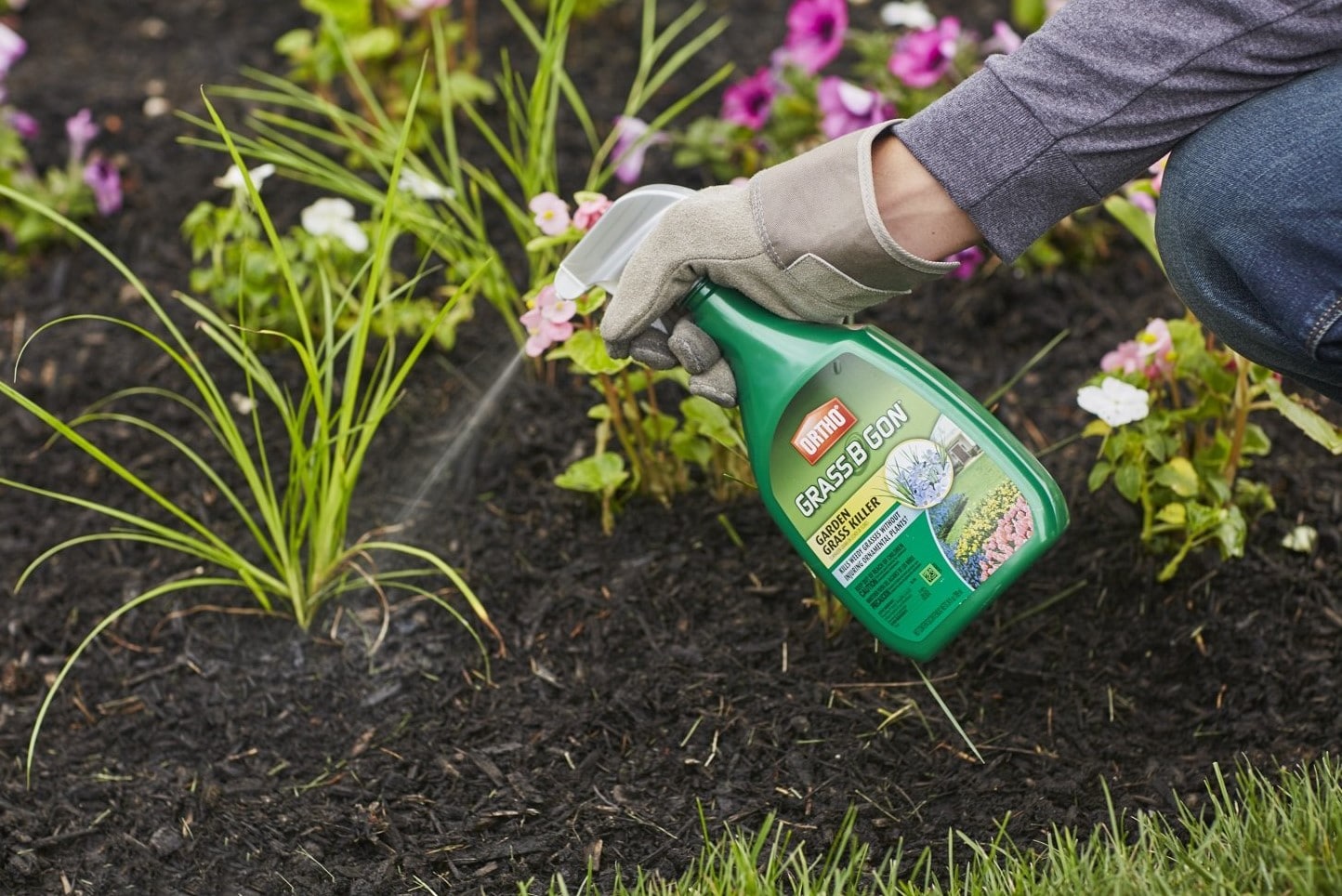
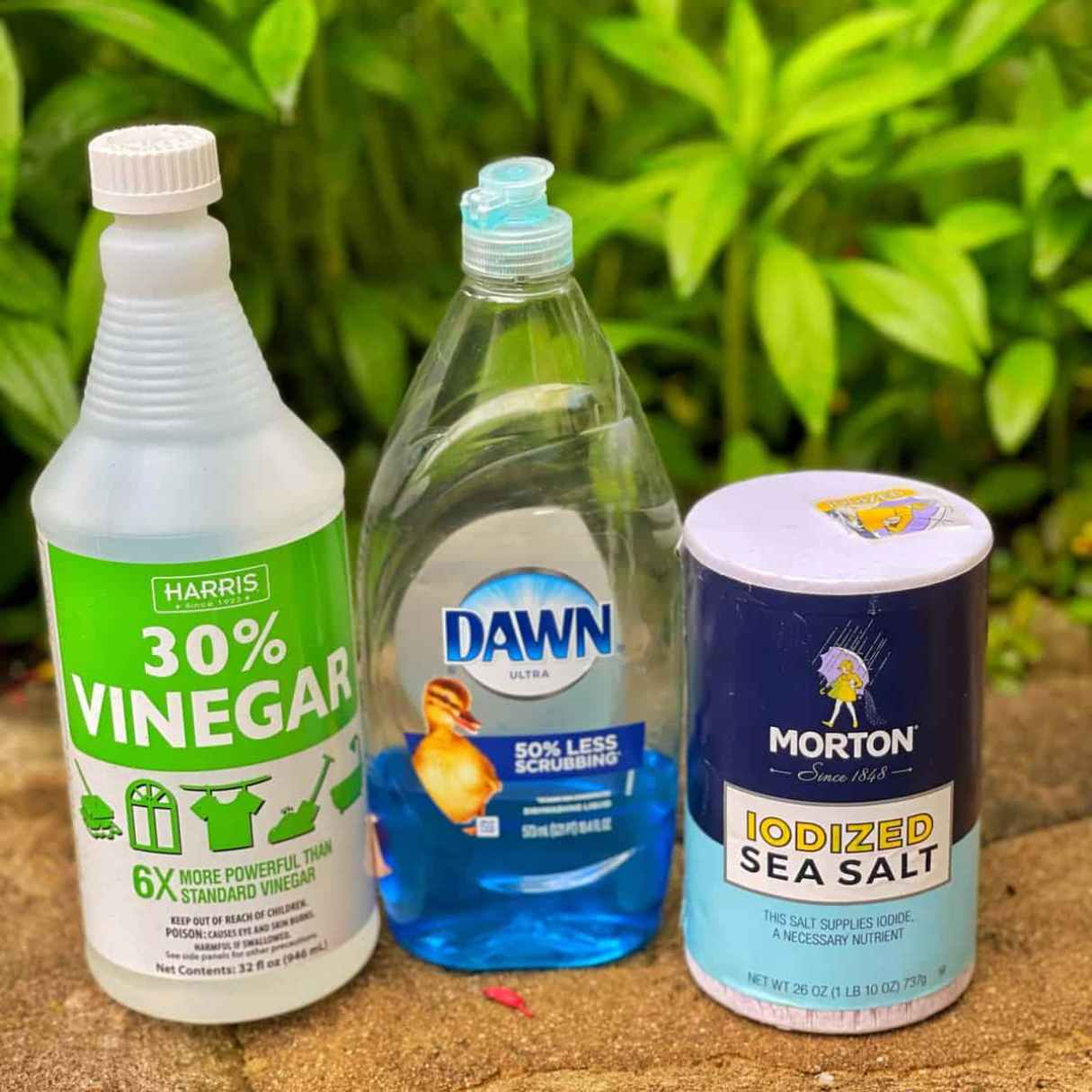
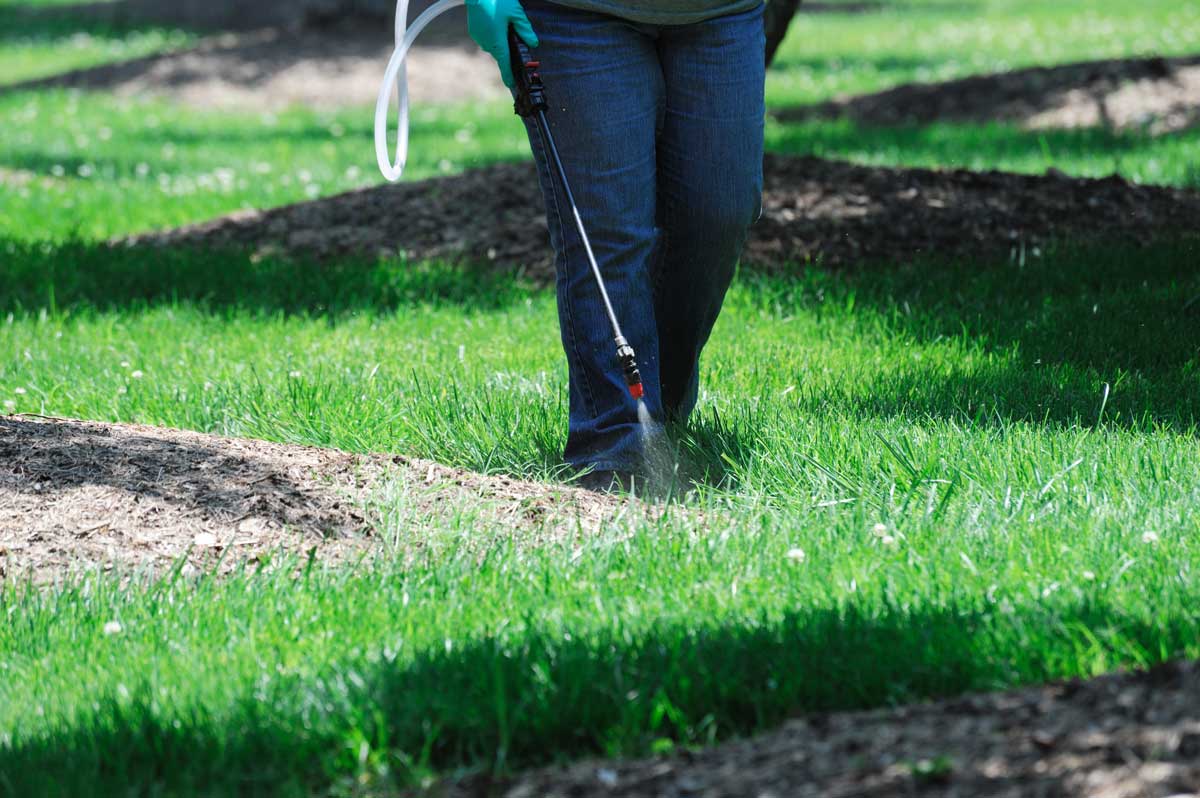
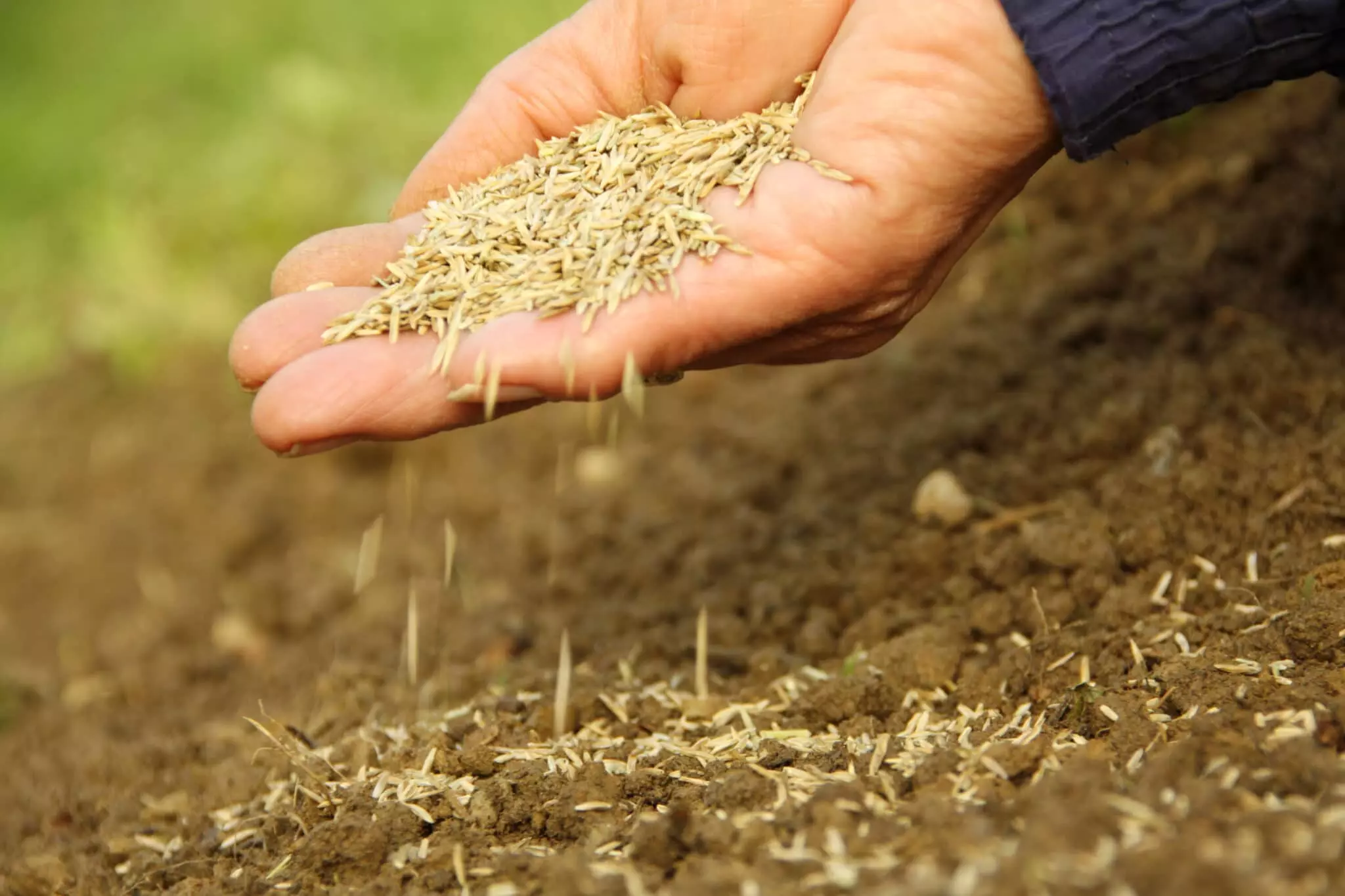
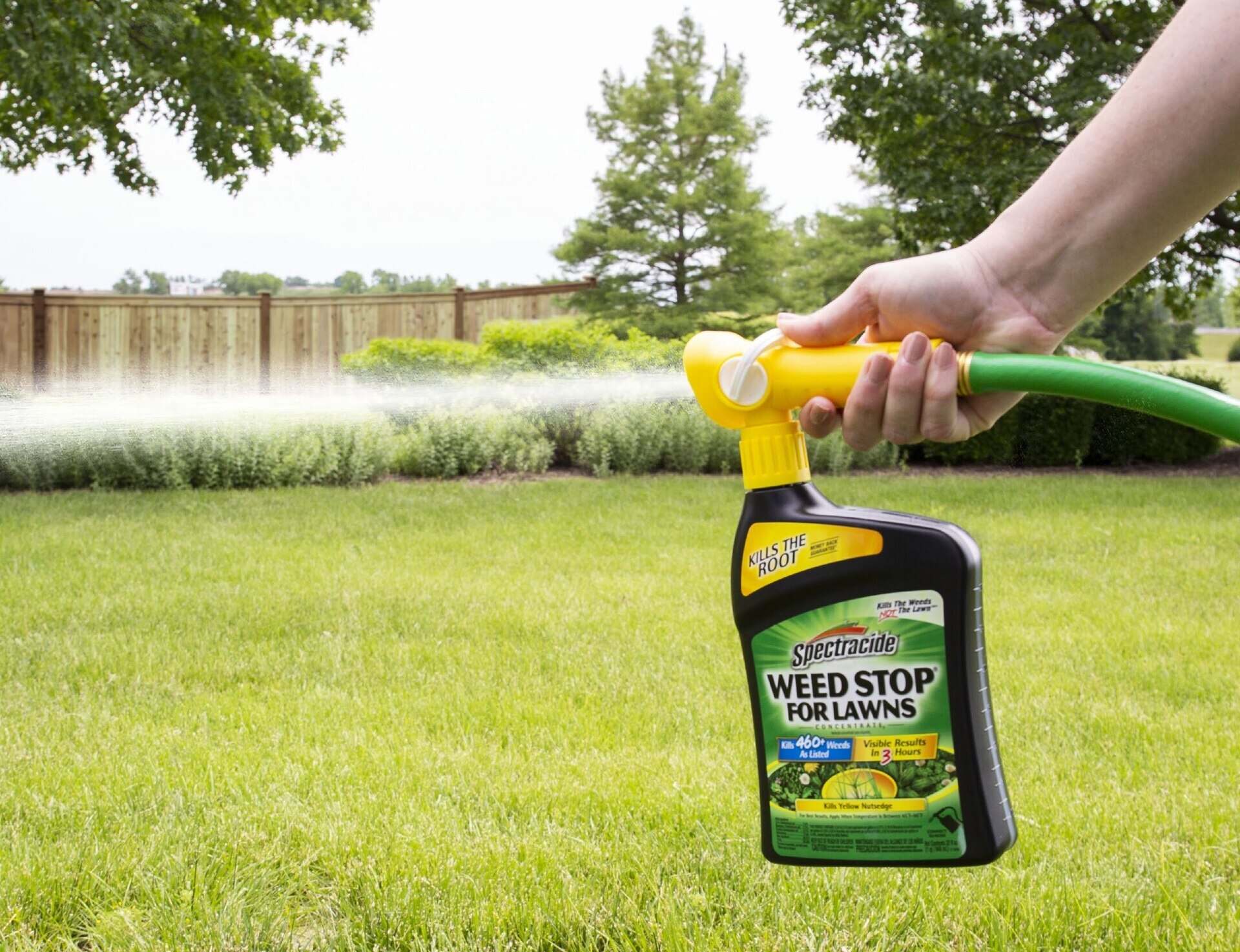
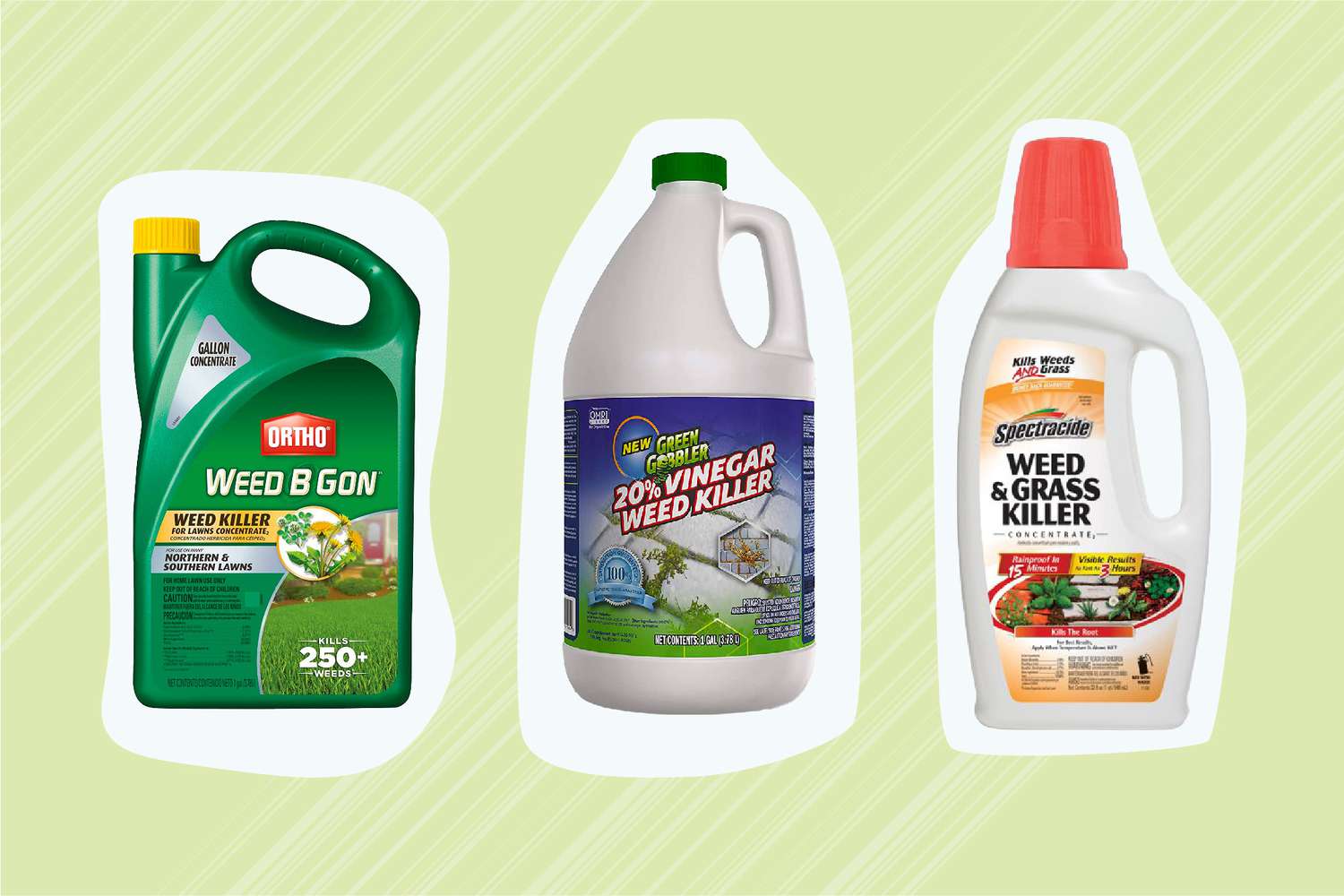
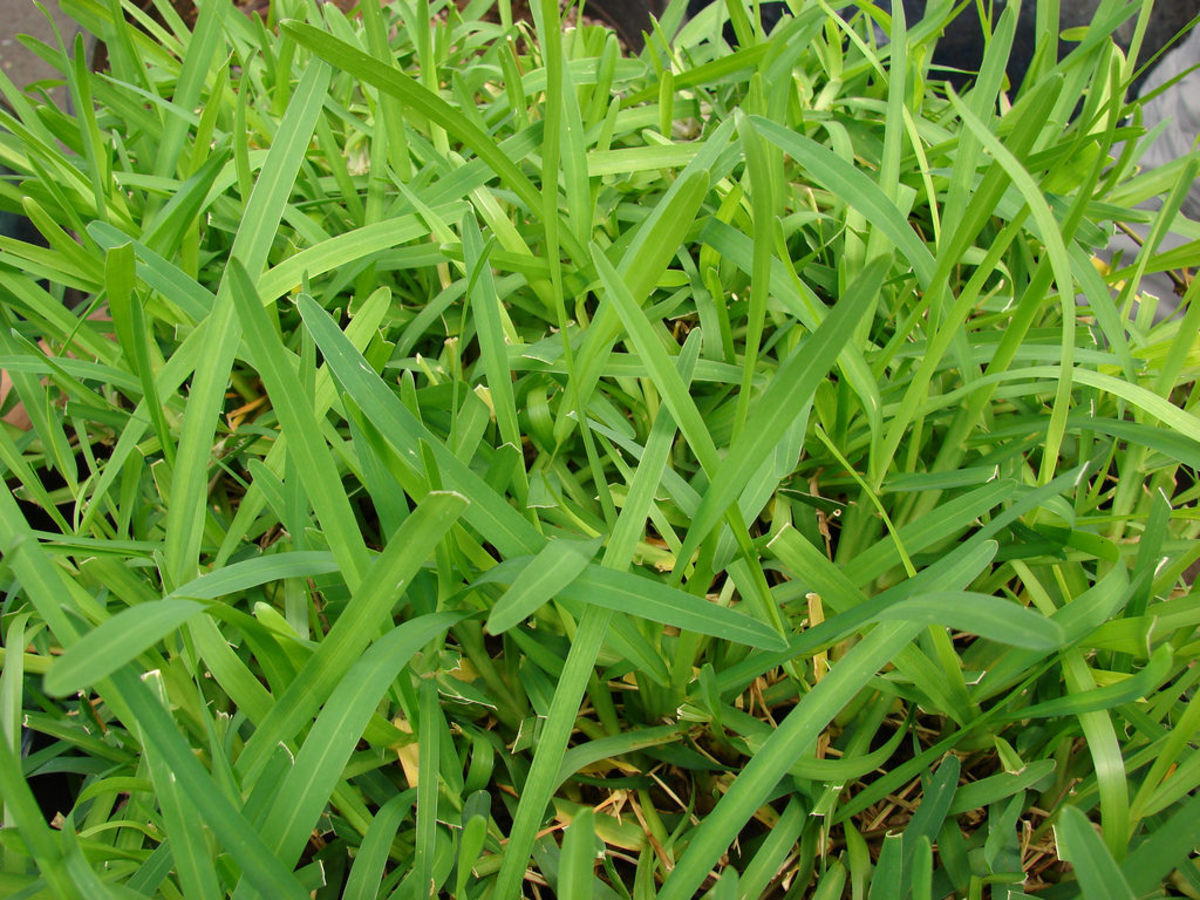
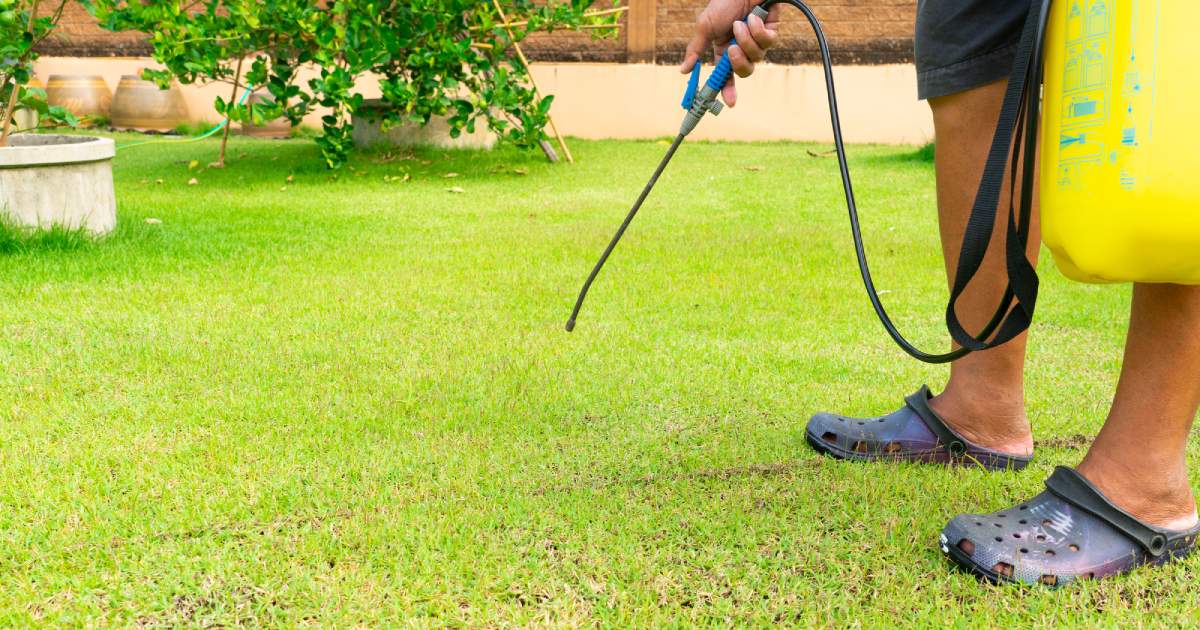

0 thoughts on “How Soon After Planting Grass To Use Weed Killer”